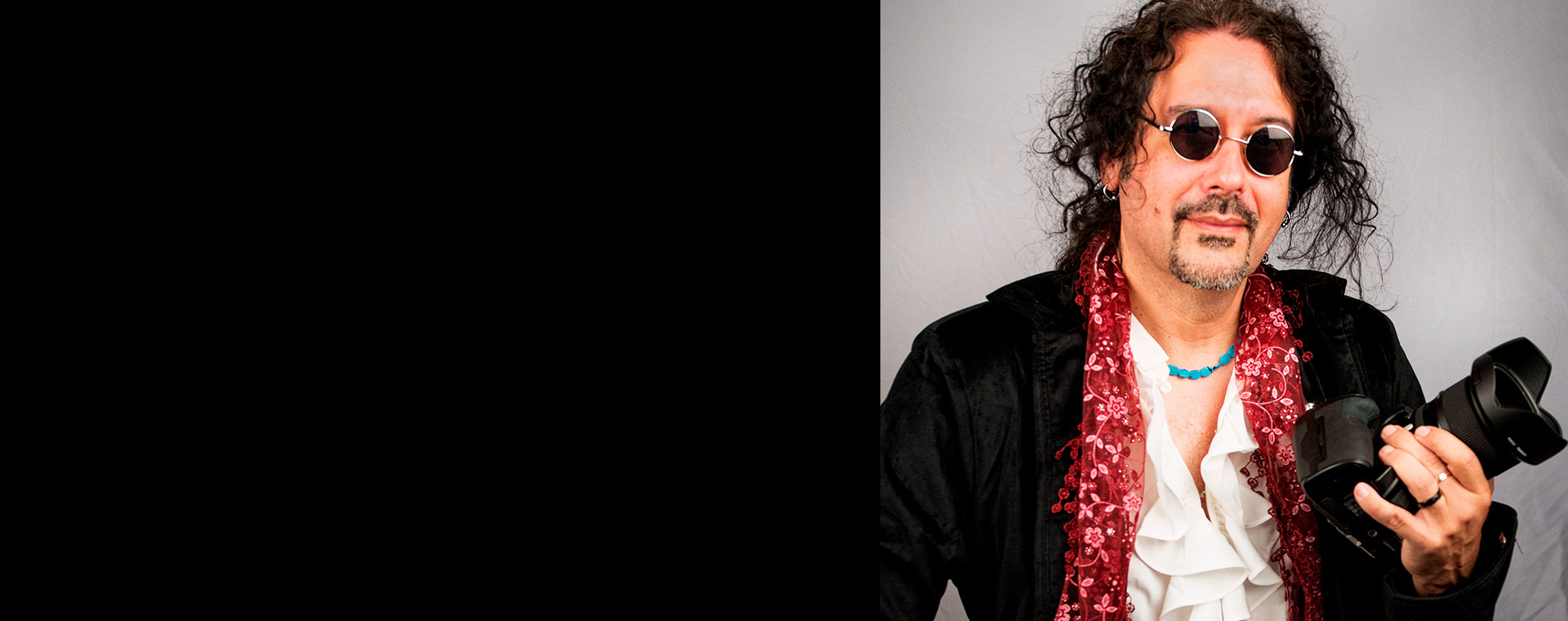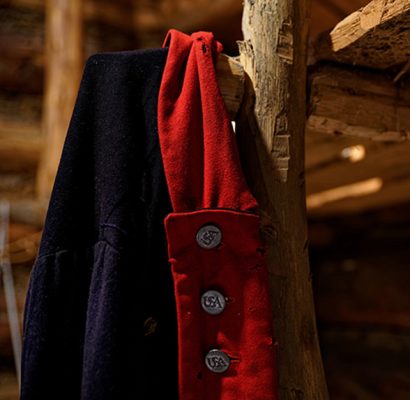

Did you have an audience in mind when you were creating these photographs? What do you hope audiences take away from your exhibition?
The photographs have to please me but, in doing so, I’m actually keeping the general public in mind. That’s because, like me, many people are not familiar with the smaller National Parks in the Northeast. When I first came to Morristown National Historical Park, I found it to be incredibly interesting on many levels, especially what life was like in a communal setting during a war and the worst winter of the 18th century. So I wanted audiences to come away with the same sense of intrigue and wonder as I did – and perhaps even feel motivated to visit the park and read up on the history.
What elements of the Ford Mansion were you most focused on capturing that allowed for this intimate look at daily life centuries ago?
There was a pecking order in daily life. Washington and his wife Martha had the use of Theodosia Ford’s bedroom. Theodosia and her daughter slept in the dining room while her three boys were crammed into the library. Washington’s aides were packed in small rooms sleeping on narrow cots. I photographed all of these rooms and sleeping arrangements for comparison and contrast.
As spartan as these accommodations were, the rank-and-file encamped in Jockey Hollow had it the toughest. Up to 12 soldiers shared a log hut measuring only 14 feet by 16 feet. I was fortunate to photograph a reproduction hut during a snowfall to give a sense of the cold conditions they had to endure.
How do you think the widow of the Ford Mansion would react if she saw your work at the Museum when she was alive?
Interesting question! For starters, she would be surprised by how life-like my images appear. She might mistake them for paintings as it would be her first encounter with photography. I think she might also be pleased to see that the nascent republic she helped establish is still in existence and that her part in the process is recognized given the personal sacrifices and risks she took.
Why was shooting the two locations important to you and your body of work?
To the new visitor, it may not be apparent that the Ford Mansion and Jockey Hollow are in two locations. The Ford Mansion site is smaller and has a museum. Jockey Hollow has the Wick House, reproduction soldiers’ huts, a Visitor Center, and about 1,300 acres of woods and trails. Although each location offers a very different experience, they are inextricably intertwined in their history. So the photographs are a way of connecting the two.
How does your work go behind-the-scenes and show your audience something they would not have seen at a historic park?
By necessity, visitors will experience the Ford Mansion as part of a group tour where they get to peer into the rooms behind gated doorways. But certain features may go unnoticed. They get subsumed within the variety of furnishings, they may be too far away to see clearly, and time is limited to see everything. My photographs enhance the visitor experience because I was able to enter the rooms to present angles, perspectives, and close ups of details for a studied view.
I also try to provoke my audience to imagine themselves during this time in history. The signature photograph of the exhibition – a military jacket hanging on a bedpost – is from a recreation of a soldiers’ hut at the Jockey Hollow Visitor Center. The display is set up so that it is viewed by looking down into it from several feet above. As I was able to go down and enter the display itself, I could create images at ground level as if the viewer is one of the soldiers.
